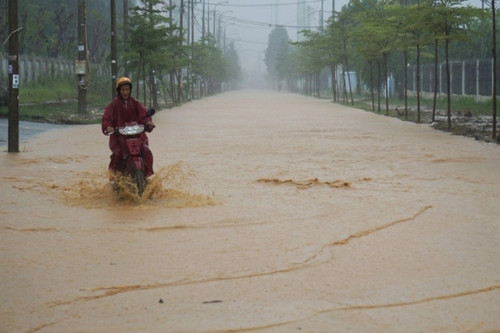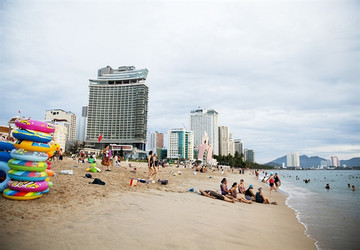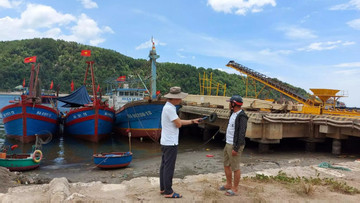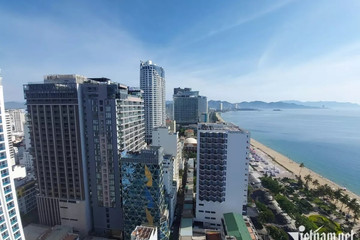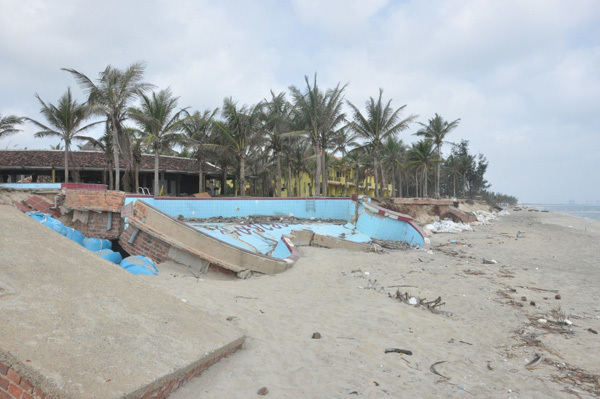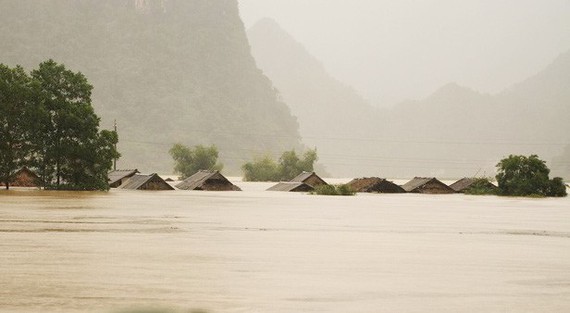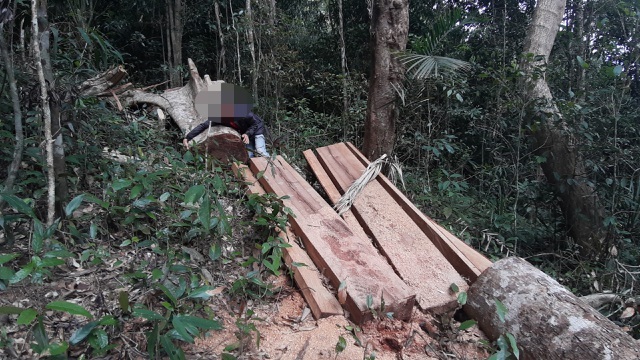- © Copyright of Vietnamnet Global.
- Tel: 024 3772 7988 Fax: (024) 37722734
- Email: evnn@vietnamnet.vn
central region
Update news central region
Flood alert raised in central Vietnam as heavy rain continues hitting region
Meteorologists have raised the flood alert level in central Vietnam to four in the country’s five-level natural disaster risk system amid torrential rain continuing to batter localities in the region, especially Da Nang and Thua Thien-Hue.
Coastal development in central Vietnam limits public access to beaches
Since 2015, the Prime Minister issued a ban on licensing for coastal projects, especially emphasising that it needed to withdraw licences of the projects if necessary to keep the coast’s space clear.
Central region to drive tourism industry recovery
The central region is making a strong contribution to the tourism industry, becoming more popular with foreign travelers.
Fishermen struggle to earn living as fuel prices rise
Fishermen are experiencing tough days as they cannot go fishing as fuel prices have become too high. Staying ashore, they have been struggling to survive.
Regions, sub-regions must be linked for development
In 2004, the Politburo released Resolution No 39-NQ/TW on socio-economic development and assurance of national defense and security in the northern part and southern coastal area of the central region by 2010.
Realtors head for central region
Real estate developers are eyeing the central region, and planning to develop large projects there, according to DKRA Vietnam.
Public investment in two expressways in the South
The Ministry of Transport has just submitted to the Prime Minister a pre-feasibility study report on two highway projects of Bien Hoa - Vung Tau and Chau Doc - Can Tho - Soc Trang.
Typhoon Rai gusts up to over level 17, approaching mid-Central coast
In the next 24 hours, Rai is projected to maintain its strength at a speed of 15-20 kilometers an hour.
No one must be left without food or clothes after floods: PM
Efforts must be exerted so nobody is left without food, clothes or shelter after the recent floods, Prime Minister Pham Minh Chinh ordered on December 5.
Central Vietnam submerged after hours of heavy rainfall
Heavy rains that lasted from 1am to noon on September 12 submerged many areas in Da Nang city, Quang Nam and Quang Ngai provinces under water. VietNamNet captured images of after-downpour scenes in the following locations:
Storm-triggered flooding disrupts traffic in Central region
Vast areas in Quang Nam, Quang Ngai, Da Nang, Thua Thien- Hue and Quang Tri have been badly inundated as heavy rain triggered flooding has ravaged the Central region in the aftermath of Conson, which has weakened and continued unleasing dowpours.
Enduring battle to save beaches from erosion
Inclusive and sustainable solutions are in urgent need to rescue beautiful beaches along Vietnam’s central region amid the increasing frequency of landslides and sea erosion in the area.
Central Vietnam hopes for economic recovery after devastating 2020
After a decade of stable growth, the central region's tourism and services triangle of Thua Thien-Hue Province, Da Nang City and Quang Nam Province faced poor growth in 2020 due to the COVID-19 pandemic.
Natural disasters cause Vietnam's economic loss of nearly US$1.7 billion in 2020
Vietnam has suffered 576 natural disasters, including 14 storms, two tropical depressions, 264 thunderstorms, lightning and hails, 132 flash floods, landslides and 90 earthquakes this year.
Lukewarm catastrophe insurance segment
Each year, natural disasters cost Vietnam approximately 0.3-0.5% of her gross domestic product, which adversely affects socio-economic situation as well as national security.
Farmers in central region struggle to recover after historic floods
After felling 300 papaya trees in his farm, Nguyen Nam, a 60-year-old farmer in Dai Loc District, central Quang Nam Province, does not want to think about the historic floods that lashed the region last month.
Historic disaster: thousands of tons of shrimp and fish die in floods
The historic downpours and floods in the central region have damaged 25.9 percent of the total aquaculture area.
Deforestation continues in Central Highlands province
A large area of a forest in the Central Highlands province of Gia Lai has been destroyed for months, but local authorities have claimed that they knew nothing about the incident.
Vamco enters central region
The eye of storm Vamco, the 13th to hit Vietnam this year, was spotted in the waters of the central provinces from Quang Binh to Thua Thien-Hue by 8 a.m. on November 15.
Relief aid delivered to storm-hit residents in central provinces
Storm Molave left 50 people dead and four missing in Quang Tri province. Total damage caused by the storm was calculated at more than 2 trillion VND (86.32 million USD).
